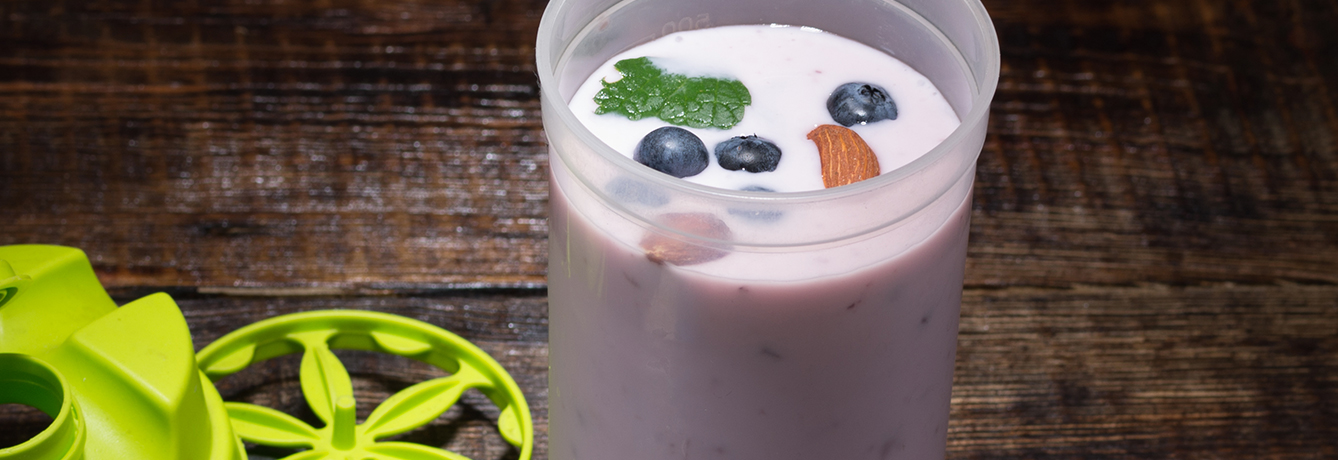Tempted to try some of the fashion season’s more daring (and precarious) platform high heels? Then load up on Swiss chard. Seriously! This vibrant, even rainbow-hued vegetable is the top leafy green source of iron and manganese, both of which play a key role in balance control — which becomes increasingly important as we age.
Manganese is a mineral marvel, particularly adept at subbing for other minerals in a pinch — like an understudy, standing by to assume the role of an absent actor. This wonderful improvisational ability can help the (health) show go on, so to speak — but when manganese stores are ransacked, other manganese dependent functions (like healing and balance) may suffer. Harvard scientists examined the effects of this interplay in a basic study that matched mineral intake against balance and coordination. They found that iron deficiency caused a 77% increase of manganese uptake in several motor-control brain regions of rats. This compensation depleted manganese stores, causing a 26% decline in balance ability. When additional manganese was added to the diet, balance improved by 33%.
While more research is needed to confirm similar effects in humans, there’s plenty of other reasons to up your intake of glorious Swiss chard. Not only does one cooked cup provide 22% iron and 29% manganese — it also contains 214% vitamin A, 53% vitamin C and a whopping 716% vitamin K. Swiss chard’s 15% of daily fiber — for a mere 35 calories — might also help balance by avoiding extra pounds: Recent research linked obesity with a 50% higher risk of falling.
Published August 1, 2012



